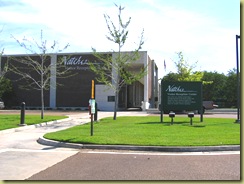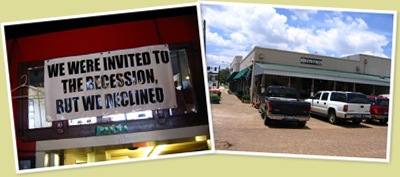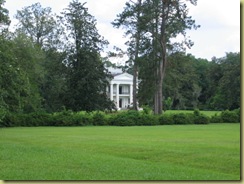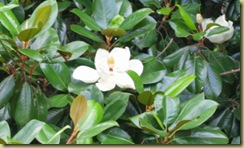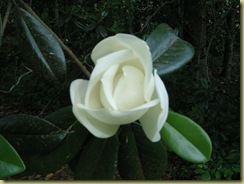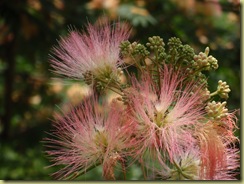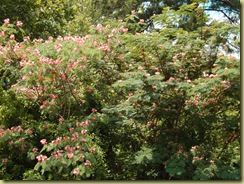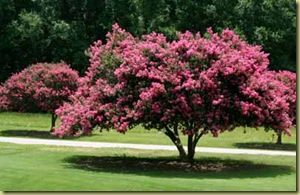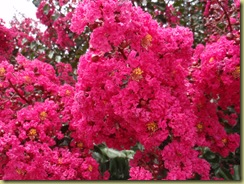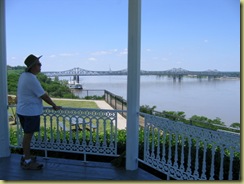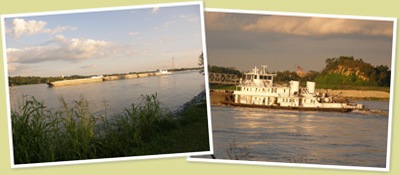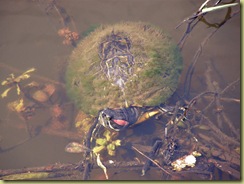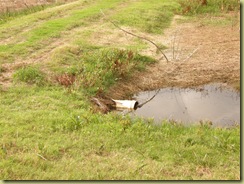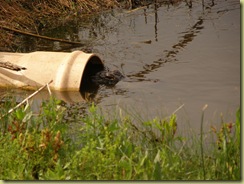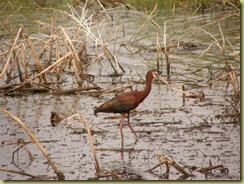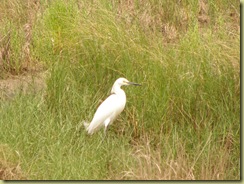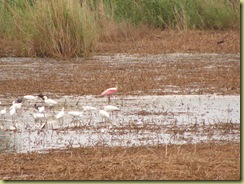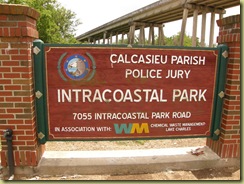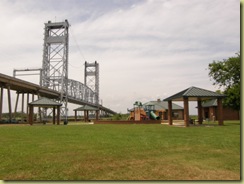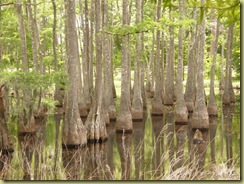Before we left Texas, neighbors recommended that we visit Frogmore Plantation. So, we built it into a day trip in conjunction with a visit to Catahoula National Wildlife Refuge. Frogmore is appropriately located in Frogmore, LA, just across the Mississippi River from Natchez. It’s named after a town in England by the same name. The Plantation’s website noted at the end of this post is exceptionally well-done!
This place is a definite “must-see”! It’s devoted to the history of slavery, on a general level and particularly how it related to local history. At the beginning of the tour is an introductory film narrated by Lynn Tanner who, with her husband, owns Frogmore. The film is very professional and well-researched. What fascinated us was the portion on the Emancipation. What we DON’T learn in history classes is that freeing the slaves was not always a good thing for them. First, they no longer had a place to live, no source of income or livelihood, no supportive community, and nowhere to go in order to find those things. Second, out of desperation, many of them returned to their previous plantations. Third, for some, their masters made them sharecroppers. They now had land to live on and work but they didn’t own it. They were obligated to share a certain percentage of the income derived from crops harvested off the land. Finally, a very small minority were given land to own. Still others managed to move to other states where slavery wasn’t allowed.
The main house at Frogmore is not part of the grounds tour. The 19 dependency buildings (outbuildings) were well-preserved, modest, not too noteworthy nor photo-worthy. The tour guide does give a good idea of how slaves lived during this era.
This property is still a working cotton plantation and the modern cotton gin is on the second part of the tour. However, we visited during the off-season so the gin was inactive and undergoing maintenance. During the introduction, we had viewed a second film which explained the ginning process: how the cotton balls are cleaned of trash (stems & leaves) and seeds, then baled, and readied for shipment to cotton mills. Both films are worth seeing by themselves!
Helpful website:
